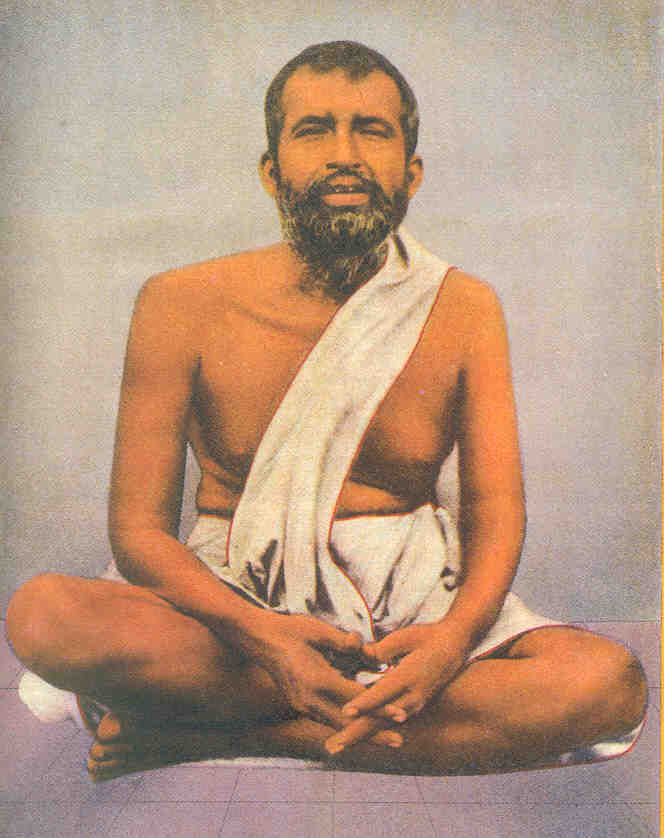All About Bharatiya Sanatana Dharmam otherwise known as Hinduism : Ch.6 - 29 & 30.
15/01/2019
CHAPTER- 6- 29 & 30.
6. Bharateeya Rituals - 29 & 30.
29. Propitiation Of Departed Spirits
The day of Mahalaya Amavasya is a day of great significance and importance to all Hindus. It is the annual festival for propitiating the spirits of our ancestors, with devout prayers for peace. The Hindu Itihasas say, that on the Mahalaya Amavasya, there is a conjunction of the sun and the moon and that the sun enters the sign Virgo (Kanya). On this day, the departed manes, i.e., our ancestors, leave their abode in the world of Yama and come down to the world of mortals and occupy the houses of their descendants.
The fortnight preceding the new moon is specially consecrated for the propitiation of such departed spirits. The ceremonies performed in honour of the manes or ancestors during each day of this fortnight are considered to be equal to those performed at Gaya. The principle in all such rites is the worship of the departed souls and the satisfaction of their wishes so that they might be in peace during the rest of the year.
30. Navaratri Or The Nine-Day Worship Of Devi
Religious observances, traditional worship and Vratas have, at times, more than one significance. Apart from being the adoration of the Divine, they are commemorative of stirring bygone events, allegoric when interpreted from the occult standpoint, and are significant pointers guiding the Jiva on his path to Realisation.
Outwardly, the nine days’ worship of Devi or the Mother, known as Navaratri Puja, is in the nature of a Vijaya-Utsava. The nine days’ triumphs are offered to the Mother for Her successful struggle with the formidable demons led by Sumbha and Nisumbha. But, to the spiritual aspirant in his life of Sadhana, the particular division of the Navaratri into sets of three days to adore different aspects of the Supreme Goddess has got a very sublime, yet thoroughly practical, truth to reveal. In its cosmic aspect, it epitomises the stages of the evolution of man into God, from Jivahood to Sivahood. In its individual import, it shows the course that his spiritual Sadhana should take.
Now, the central purpose of existence is to recognise your eternal identity with the Supreme Spirit. It is to grow into the image of the Divine. The Supreme One embodies the highest perfection. It is spotless purity, Niranjana. To recognise your identity with That, to attain union with That, is verily to grow into the very likeness of the Divine. The Sadhaka has, therefore, as the initial step, to get rid of the countless impurities and the undivine elements, that have come to cling to him in his embodied state. Then he has to acquire lofty virtues and auspicious divine qualities. Thus purified and rendered full of Sattva, Knowledge flashes upon him like the brilliant rays of the sun upon the crystal waters of a perfectly calm lake.
Next : Worship Of Durga
To be continued ..



.jpg)

Comments
Post a Comment